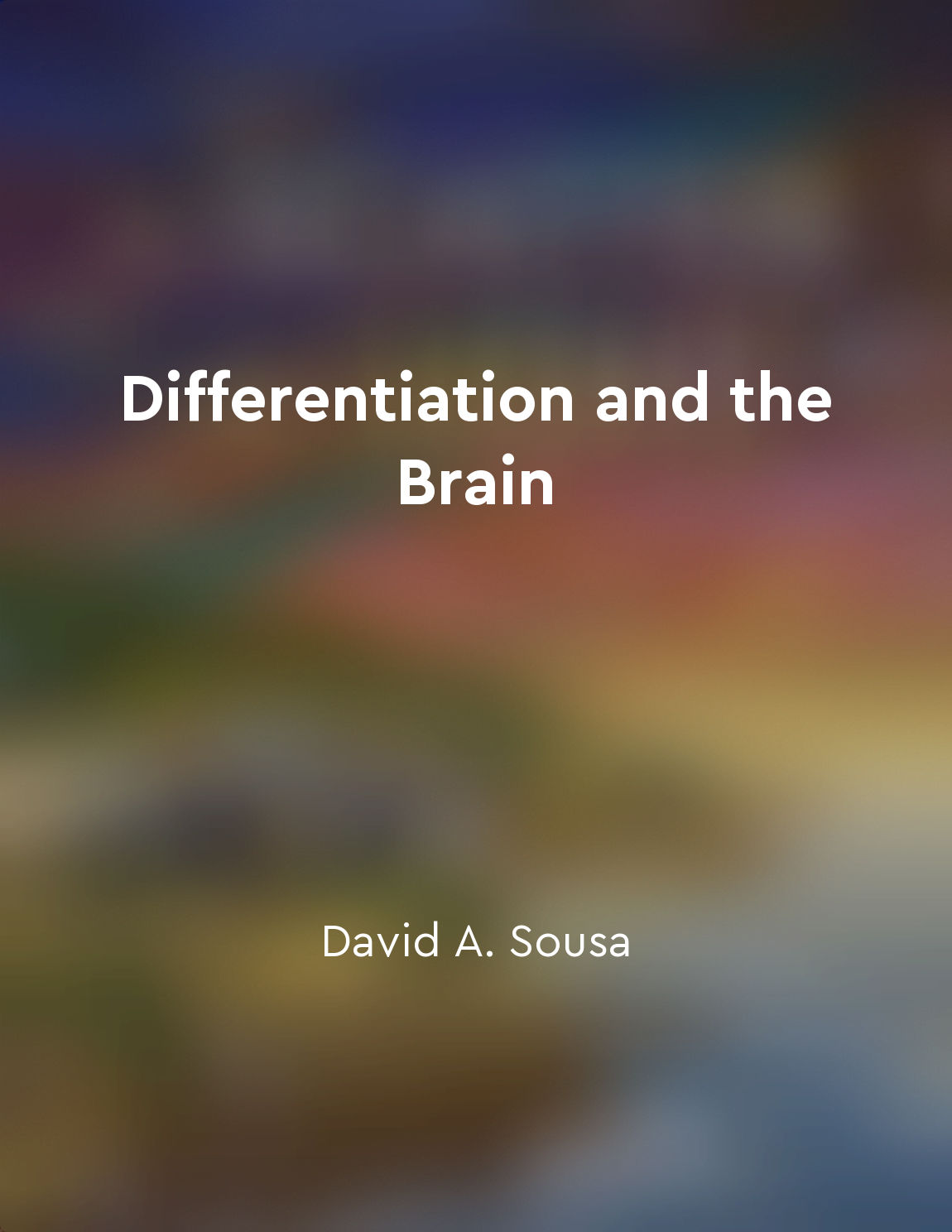Braincompatible classrooms are inclusive and supportive of all learners from "summary" of Differentiation and the Brain by David A. Sousa,Carol A. Tomlinson
Brain-compatible classrooms are designed to meet the needs of all learners, ensuring that every student feels included and supported. In such classrooms, teachers create an environment that is conducive to learning for every individual, taking into account their unique strengths, challenges, and learning styles. This approach is based on the understanding that the brain is wired differently in each person, and therefore requires a personalized approach to education.
By being inclusive, brain-compatible classrooms value diversity and recognize that every student brings something valuable to the learning environment. Teachers strive to create a sense of belonging for all learners, regardless of their background, abilities, or needs. This fosters a positive and supportive atmosphere where students feel safe to take risks, make mistakes, and explore new ideas.
Supporting all learners means providing the necessary resources, tools, and strategies to help each student succeed. This may involve differentiating instruction to meet the varying needs of students, whether through modifying assignments, providing additional support, or offering alternative ways of demonstrating understanding. Teachers in brain-compatible classrooms are committed to ensuring that no student is left behind and that everyone has the opportunity to reach their full potential.
In order to create an inclusive and supportive learning environment, teachers must be attuned to the social and emotional needs of their students. They must cultivate a sense of empathy, compassion, and understanding, and be willing to adapt their teaching practices to meet the needs of every individual. This requires a deep understanding of neurodiversity and a willingness to embrace different ways of thinking and learning.Brain-compatible classrooms are built on the foundation of equity and fairness, ensuring that every student has access to a high-quality education. By embracing the principles of inclusion and support, teachers can create a learning environment where every student feels valued, respected, and empowered to succeed.

Open in app
The road to your goals is in your pocket! Download the Oter App to continue reading your Microbooks from anywhere, anytime.


